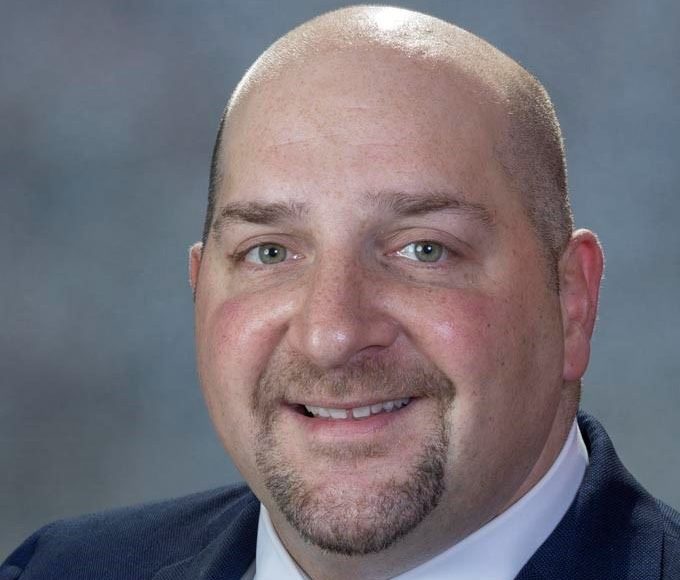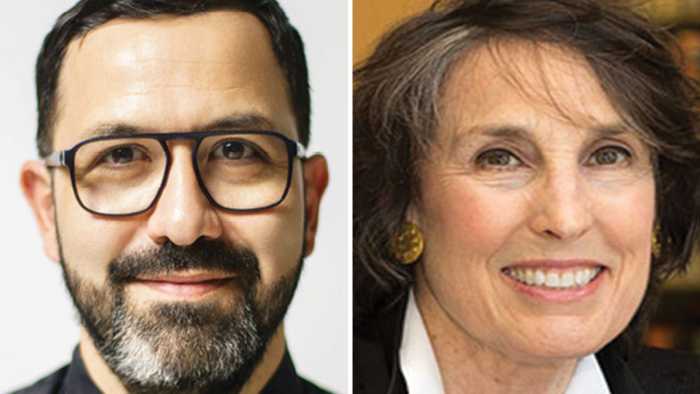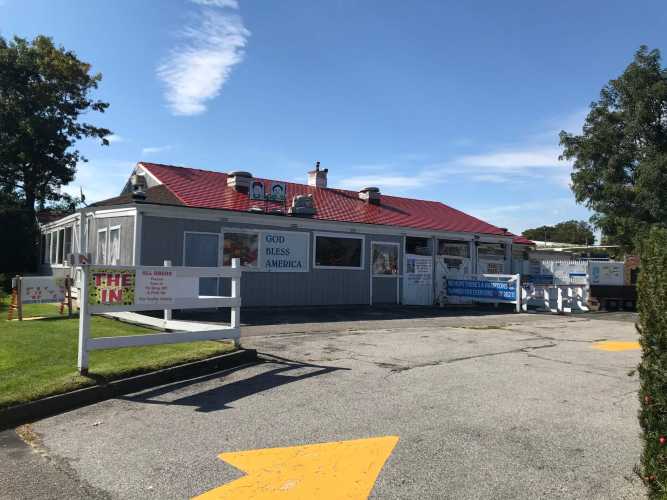By Christine Hodyl, D.O., F.A.C.S., Director of Breast Health Services Mount Sinai South Nassau
When my patient Jennifer Scarduzio, a resident of Baldwin, went for a routine mammogram, she did not anticipate that it would kick off a year of surgery and treatment.
Jennifer’s mammogram detected ductal carcinoma in situ, a small growth that is often called stage zero breast cancer. Final pathology results from surgery, however, were very different from the initial biopsy. She was ultimately diagnosed with stage 2 breast cancer.
Comforted by her family and friends, Jennifer needed to travel approximately 2 miles from her house to Mount Sinai South Nassau Breast Health to receive the care that she needed. Her treatment entailed a double mastectomy with reconstruction, followed by chemotherapy and radiation therapy. Today, Jennifer, 52, is cancer free.
Jennifer offers this advice: “Get screened no matter how scary the outcome can be.” I couldn’t agree more.
An average of nearly 2,400 women on Long Island as well as nearly 300,000 women in the U.S. are diagnosed with breast cancer annually. Over the course of my career as a physician and surgeon specializing in breast cancer, I know the life-saving difference of detecting cancer in its earliest stage.
Every day at Mount Sinai South Nassau Women’s Imaging, specialists use digital mammography, high-resolution ultrasound, MRI, and minimally invasive procedures to detect breast disease in its earliest stage and help develop treatment plans.
So, if breast-conserving surgery is desired, our surgeons use advanced techniques that aim to preserve as much of the healthy breast as possible. If mastectomy, an operation in which the whole breast is removed, is needed, there are options for breast reconstruction. For invasive breast cancer, these procedures may be accompanied by a sentinel lymph node biopsy or an axillary lymph node dissection.
Hormonal therapy, radiation therapy, chemotherapy, or a combination of two of these therapies following either surgical approach may be prescribed. If early-stage breast cancer is present, sentinel lymph node biopsy is used as an alternative to traditional lymph node dissection.
My colleagues and I are always in pursuit of medical innovations. We are now enrolling patients in a randomized phase 3 trial that studies axillary lymph node dissection to see how well it works compared to axillary radiation therapy in treating patients with node-positive breast cancer treated with neoadjuvant chemotherapy followed by surgery.
The cornerstone of the care we provide, however, is the strong relationships we establish with patients. This, combined with the support of loved ones and the comprehensive, quality care we offer, is the approach Mount Sinai South Nassau uses to defeat breast cancer.
Sign up for Long Island Press’ email newsletters here. Sign up for home delivery of Long Island Press here. Sign up for discounts by becoming a Long Island Press community partner here.

































